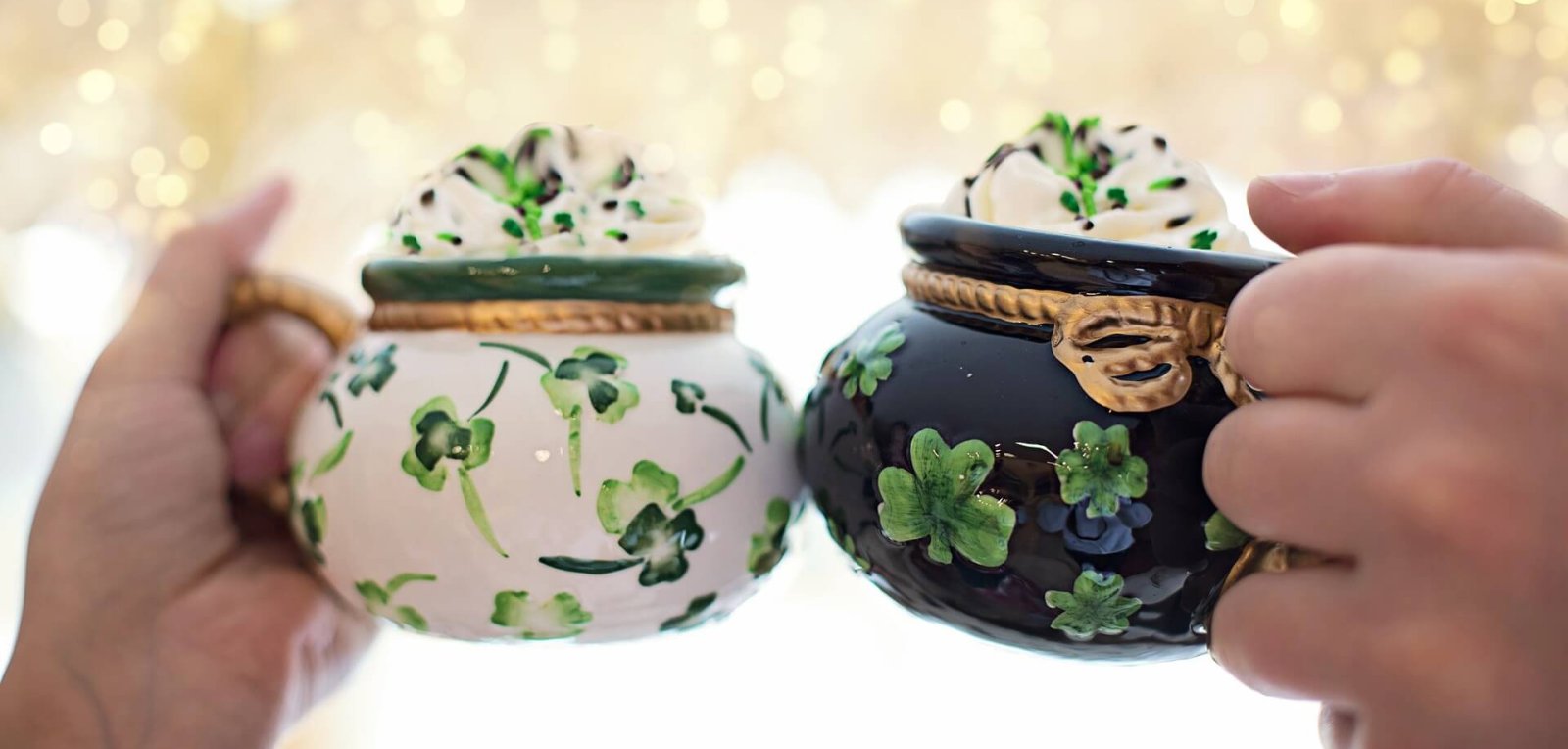Celebrating St Patrick’s Day? Then let’s get you ready to join the fun by teaching you how to say cheers in the 11 different languages our app offers.
A bit of history on St Patrick’s Day
Before getting to how to say cheers in different languages, here’s a bit of history about this day.
Every March 17, the world dyes itself green to celebrate St Patrick’s Day, named after Ireland’s patron saint. Commemorating the anniversary of his death in the fifth century, the Irish have observed this day for over 1,000 years during the Christian season of Lent.1
The first recorded St Patrick’s Day parade actually happened in 1601 in a Spanish colony in what is now St Augustine, Florida.2 Over a hundred years later, in 1762, a group of nostalgic Irishmen paraded through the streets of New York to celebrate their homeland’s tradition.3
Since then, the festivity has gone global.
Today, people from all over the world celebrate St Patrick’s Day with parades, the color green, and toasting “Sláinte!” [ˈsˠl̪ˠɑːn̠ʲtʲə] with Guinness beer in their favorite Irish pub. To help you get into this international day’s spirit, we’re bringing you 11 ways to say cheers in different languages.
Don’t forget you can learn all of these languages by downloading our app!
Image by Jill Wellington from Pixabay
The words for cheers in different languages:
1. Spanish
Wondering how to say cheers in Spanish in your favorite tapas bar or cervecería? Try raising your sangría or mezcal glass saying salud [saːluð̞], meaning “health!”
2. Russian
За здоровье, pronounced (zah zdah-rohv-yuh) [zə‿zdɐˈrov⁽ʲ⁾je], is how to say cheers in Russian. The expression translates as “for health!”
3. Italian
Here’s how to say cheers in Italian: cin cin [t͡ʃinˈt͡ʃin] – meaning “cheers” – in more formal settings, and salute [saˈlu.te] – meaning “health” – when toasting with friends. Don’t forget to look directly in the eye of the people you’re toasting with, as per Italian tradition, it’s bad luck not to!
4. German
Prost [pʁoːst] is how to say cheers in German. The expression means “to life” and is a must-know if you’re ever in Germany, Europe’s top beer producer.
5. French
Parisians will often raise their champagne glasses among friends saying santé [sɑ̃.te], which is how to say cheers in French. Like many versions of cheers in different languages, it means “health.”
6. Japanese
乾杯 (kahn-pai) [kã̠mpa̠i], which is how to say cheers in Japanese, means “cheers” or “dry cup.” It’s especially useful if you find yourself in one of Tokyo’s famous karaoke bars.
7. Korean
건배, pronounced (gun-bae) [kʌ̹nbɛ], means “cheers” or “empty glass,” and it’s how to say cheers in Korean. Although, don’t feel pressured to down your entire drink!
8. Portuguese
Whether it’s with a glass of Porto after dinner or with a Caipirinha cocktail during Carnival, saúde [saˈu.d͡ʒi], which means “health,” is how to say cheers in Portuguese.
9. Hebrew
לחיים, pronounced (L’chaim) [ləˈxa yɪm], is how to say cheers in Hebrew. It means “to life!”, and if you ever go to a Bar Mitzvah, you’ll hear it used often.
10. Dutch
Proost [proːst], which is how to say cheers in Dutch, looks and sounds similar to the German prost [pʁoːst] and is often used during King’s Day in the Netherlands.
11. Chinese
Last but not least, here’s how to say cheers in Mandarin Chinese: 干杯 (gan-bay) [kän peɪ̯]. Like the Japanese version, it means “dry cup.”
Learn with a native!
Do you want to keep learning more interesting words and phrases in your target language? Get Live Coaching with a native speaker to help you become Fluent Forever!





